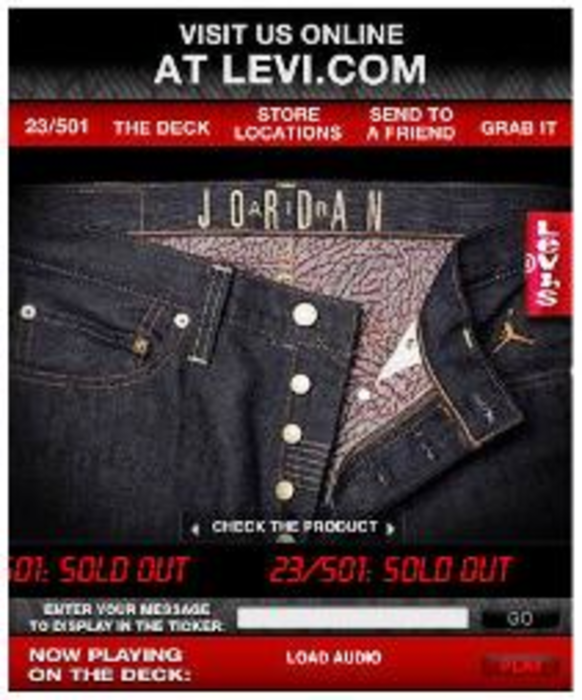Widgets — small, downloadable applications that can interact with the Web to be updated dynamically, for sports scores, weather reports or news — have been around for over three years now. As this timeline illustrates, they surfaced when Apple released its “Tiger” edition of OS X, the Macintosh operating system, which included a suite of widgets called Dashboard. Widgets quickly began to migrate off of the home computer desktop and were made available as add-ons for MySpace, Facebook and Google personal Web pages. These fun, portable, tiny applications offer everything from interactive games to entertaining quizzes.
Today, widgets – also known as snippets or modules – are experiencing a boom. Simply put, widgets are everywhere. Consumers enjoy the simple way widgets can be shared; while marketers have figured out that branded widgets are a perfect way to reach a sociable, Web 2.0 crowd.
“Younger people tend to congregate in masses on the Web,” says Nowell Upham, EVP of promotional marketing for interactive agency The Marketing Arm. “When you get young people in social networks, you have their common passions – so [for example] you can create a photo or music widget.”
People are using widgets to share their favorite sports teams, news on topics they’re interested in — and preferred brands. Social networkers utilizing branded widgets become brand advocates, and influence others who are viewing their social networking pages. A friend might even pick up and place the widget on his or her site as well. This viral adoption of branded content lends credibility to the brand in consumers’ eyes, as if their friend had called them and recommended a brand or product, says Jeff Nolan, EVP of Newsgator – which offers a widget platform – who believes that makes widgets a more effective form of online marketing than some traditional efforts.
“Clearly, marketers are looking to build an interactive experience online, but display ads have a dismally low interaction rate,” Nolan says. “With widgets, we’re showing about four times better click-through rates because of the content.”
Jay Schwartz, president of creative services agency Ideawork, says that his company “hasn’t seen any barriers to widget adoption at all” by marketers. “I think they’re great for branding,” he says. “It’s a great way to get instant response on a wide scale, and it can be promoted to a specific audience.”
However, Schwartz points out that desktop widgets can also be a powerful tool for engagement, and that these more traditional widgets shouldn’t be ignored in the face of the popularity of the social networking variety. Widgets are easy to program, he continues, and are best used when a strong creative concept and campaign are applied.
“I think you’re going to get more relevant response from people who are taking the time to download onto their desktop,” he says. “I don’t think it makes sense to only do one or the other. Some people don’t want to install a desktop widget, but some people just aren’t on Facebook.”
Whatever platform the widgets are on, it is clear that they offer a new, highly measurable model for customer engagement in a world of changing media — something that is important in the ROI-driven world of direct marketing.
“It used to be that we’d throw a commercial up in the air and hope you saw it, and hope that when you saw it you were receptive and wanted that message,” Upham says. “Now [with widgets], we can plant that message in a place where you know how to get it when you want it.”
Some widgets that worked:
American Airlines
American Airlines and agency The Marketing Arm recently joined to launch Travel Bag, an application on Facebook – users can share travel experiences with friends; read reviews and comments on restaurants and shops; and to create countdowns for upcoming events or trips. It also offers a convenient link to AA.com, where Facebook users can check for low fares, make reservations, view their AAdvantage miles, check gate and arrival/departure information and get information on American Airlines Destinations within their own unique profile page.
Levi Strauss & Co.
Levi Strauss & Co. wanted to drive awareness for its limited edition 23/501 Collection, a sneaker and jeans package deal developed in collaboration with Nike. Agency Avenue A/Razorfish used widget development and distribution network Gigya’s platform for design, production and distribution. The campaign focused exclusively on driving widget installs to the social network profile pages of young urban males. The widget was distributed through Gigya’s widget distribution network, as a Google gadget and by driving banner-ad traffic to a landing page featuring the widget..
Papa John’s
The pizza company recently launched MyPapa, a set of widgets that streams exclusive product discounts, personalized favorites and incentives to customers’ desktops, Web browser startpages or social networking sites. Customers receive custom discounts and product offers by clicking on the widget. Online ordering, menu and nutritional information, a restaurant locator, the ability to send gift cards and a catering menu are also available.







